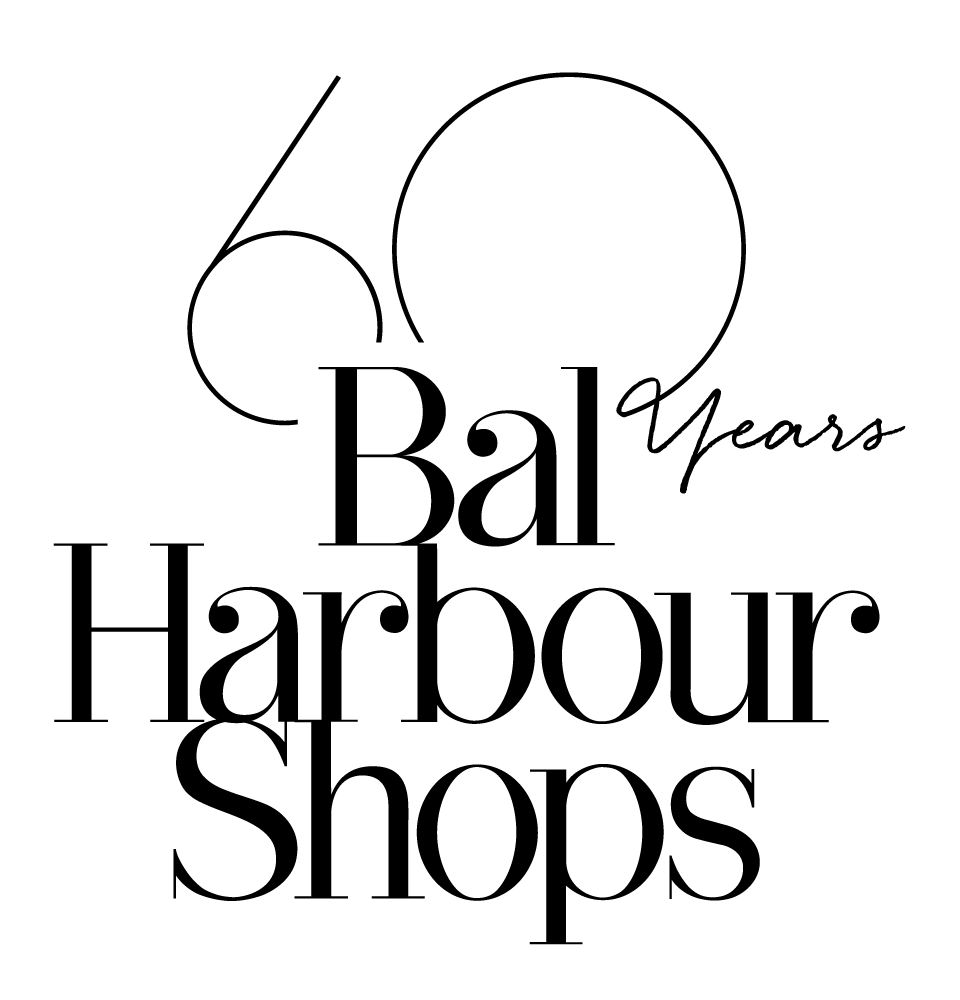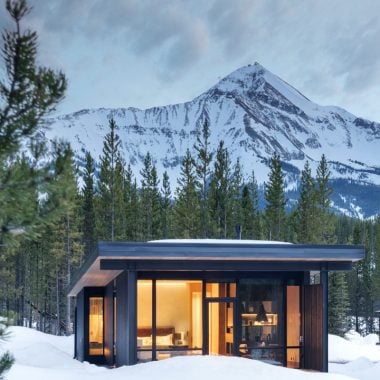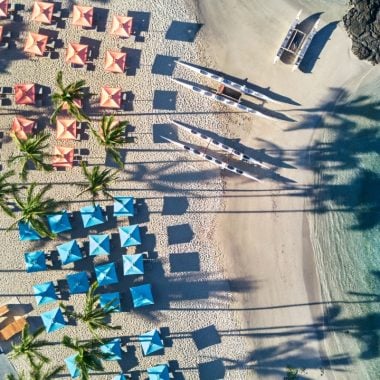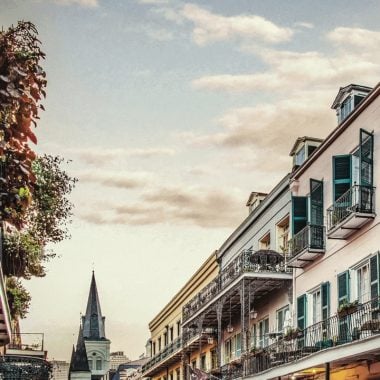By Mark Ellwood
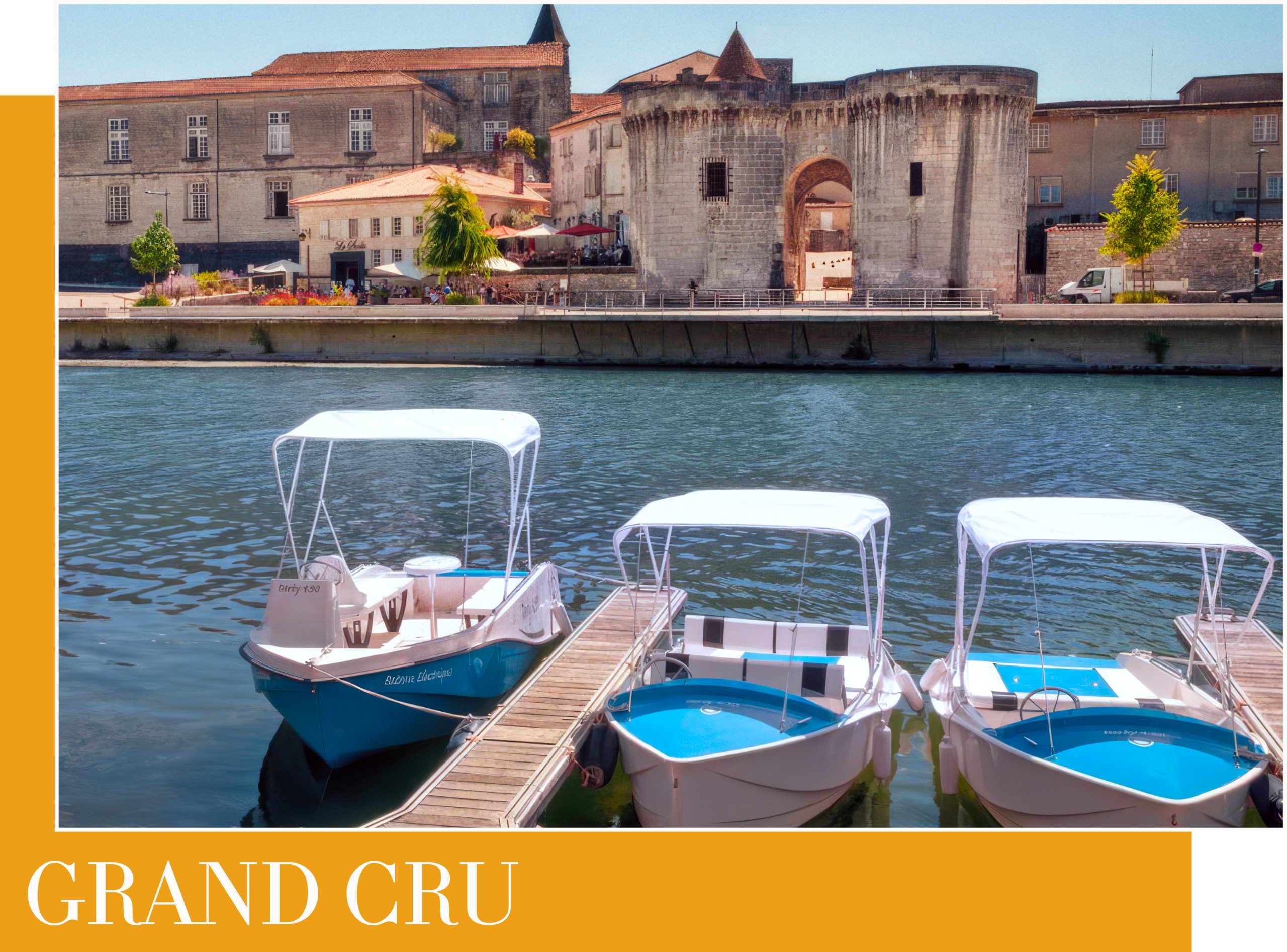
Saint-Jacques gate on the Charente river in Cognac leads into a historic district with a rich medieval past.
Cognac the drink has never been more popular: more than 212 million bottles shipped in 2022, a near-record, and celebrities are hitching their names to producers, such as Richard Branson’s blend from Raymond Ragnaud, VS Phantom. Yet its namesake town, a classic city of barely 20,000 people in the southwest of France, is rarely on tourist radars even now—and perhaps that’s a good thing. It’s an antidote to overtouristed sites, and its worldwide name recognition doesn’t translate into an overload of visitors.
But if you’ve seen Wes Anderson’s The French Dispatch, says Philip Haslett of luxury travel specialist French Promise, you’ve gotten a glimpse of the landscape here. “It was filmed not far away, and set in a town called Ennui-sur-Blasé, a real cliché of a provincial French town. That’s Cognac.” Still, operators like Haslett are keen to tout the upscale appeal of this town, where there’s now world-class five-star accommodation to match the top-flight tipples produced at the distilleries here. Mark Hallett runs Grape Escapes, which focuses on oenophile getaways, and agrees it’s the perfect spot for a seasoned traveler. “The experiences, the food, the guides are all top quality and are ready to go. All that’s lacking is the visitors,” he says, “It’s one of the unfound, undiscovered jewels of the French crown.” We agree—and here’s a quick primer on how, why, and when to visit Cognac.
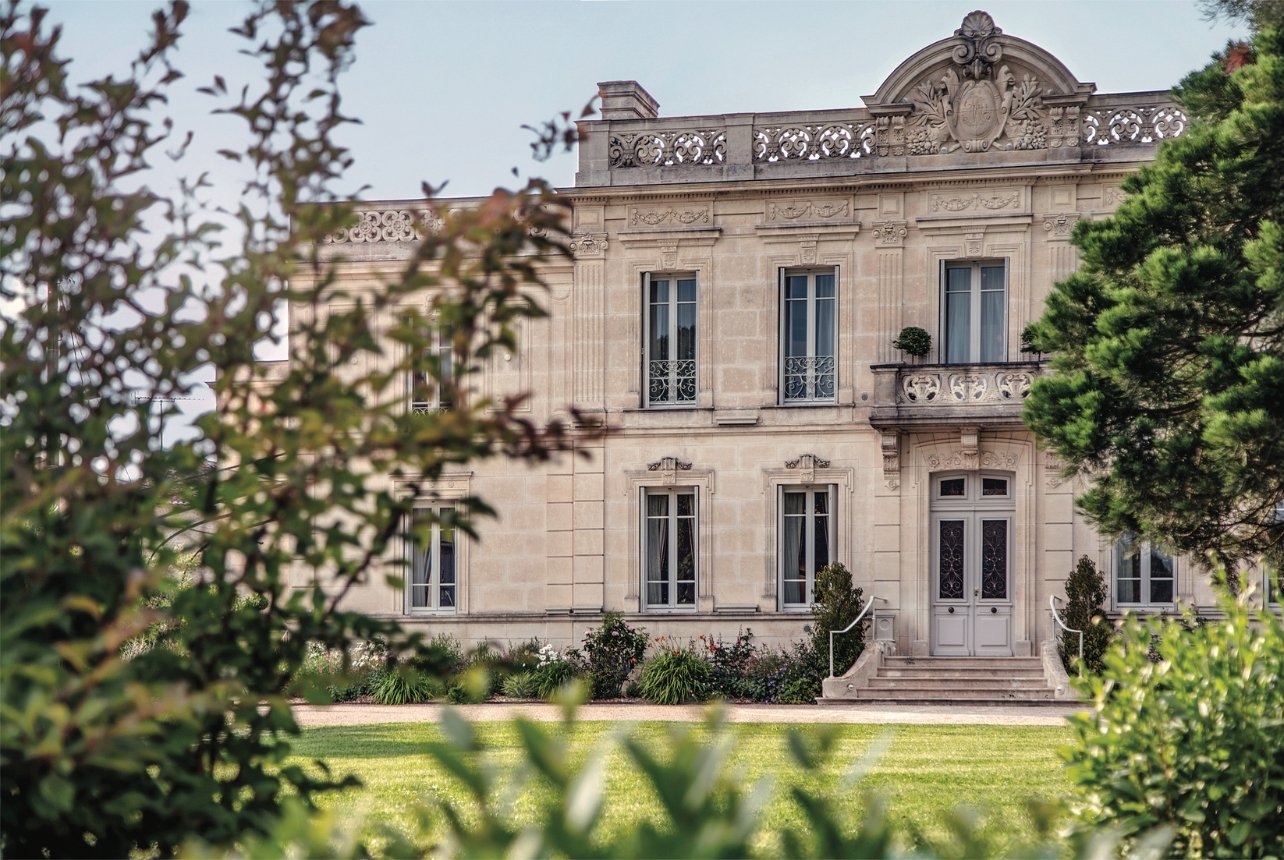
The 12-room La Nauve Hôtel & Jardin was converted from an old distillery into a luxurious country retreat. Photo courtesy of La Nauve Hotel.
WHERE TO STAY
The best place, hands down, is the 12-room La Nauve, which opened less than two years ago in an old distillery just outside town—owner Florence Gombault is a scion of the Roulet cognac-making family, and bought the property as a country retreat before deciding instead to turn it into a hotel. “It’s really peaceful, with the Charente river flowing past,” says Hallett. “Out in the countryside, it has such a feel of luxury—of France gone by the wayside.”
WHERE TO EAT & DRINK
The foodie scene here is relaxed and welcoming—no need to pre-book weeks in advance to score a table at the best restaurant. Don’t leave town without at least one meal at Poulpette. “It’s not in a very pretty part of town, but it’s definitely worth it,” says Haslett. There’s a limited menu, usually a couple of market-inspired dishes per course, but chef Antoine Vernouillet’s cooking is spectacular. Across the river, the Michelin-endorsed La Ribaudière is a fancier night out, or you can try the fine-dining Notes restaurant inside La Nauve. Don’t miss the covered market, in an iron-roofed building intended to evoke the age-old marché on the Place d’Armes, in the center of town. Buy some cheeses—the bûche de chèvre goat cheese is from the region—and a couple of fresh baguettes to nibble on down by the river on a warm day (wash it all down with a crisp local Pinot Noir). Cognac-powered cocktail bars are also emerging around town: check out Bar Luciole, with its 200-strong assortment, or Bar Louise, which was one of the first mixology-focused spots here when it opened in 2012.
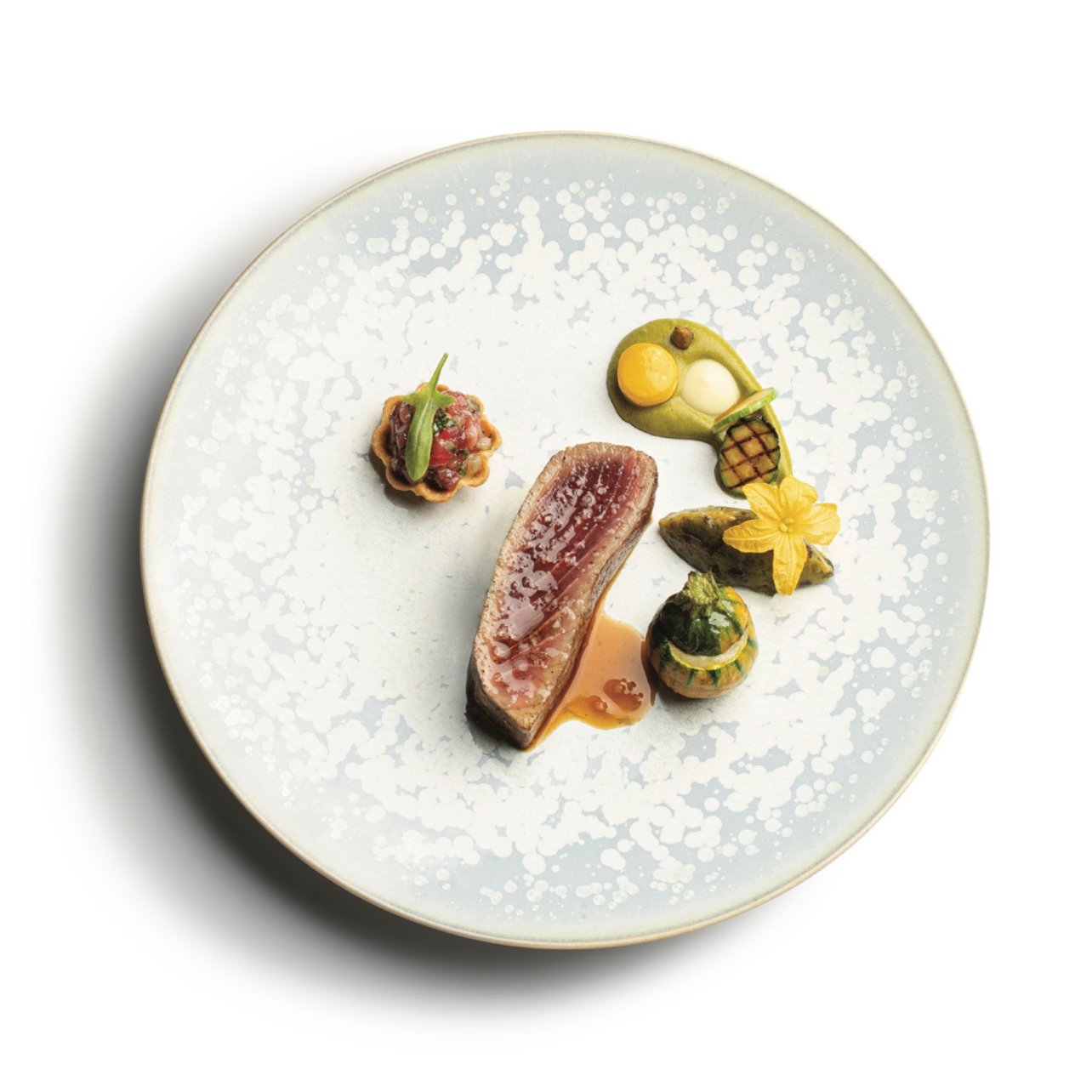
Bluefin Tuna at Restaurant La Rochelle.
WHAT TO DO
The major names dominate the tasting rooms here: Hennessy, Rémy Martin, Martell, and Courvoisier. That’s mostly because they snap up around 85 percent of grape juice produced in the farms that dot the six crus, or regions; most of the grapes grown are Ugni Blanc, and you’ll find that the best source for the finest aging cognacs is the confusingly named Grande Champagne (also called Premier Cru), one of the two smallest.
Still, there’s no risk of rote guiding or mass-market operations versus the better-known areas nearby. “Because the visitor numbers are far lower, they’ve got the stock and the time that Burgundy doesn’t have, and can set up VIP visit experiences. They’re very, very happy to take you through their finest range of cognacs, if you’re prepared to pay for it,” says Hallett. Indeed, Louis XIII’s standard offers include a $3,650-per-head tour, though it’s easy to arrange more rarefied bespoke tastings via folks like Hallett or Haslett. Hennessy has just installed a splashy immersive experience, which includes a VR headset that transports visitors onto a moving ship, among other gimmicks—it’s fun, if a little contemporary for many cognac purists.
Among the smaller brands, consider the still-family-run Camus, which can offer blending workshops, after which guests will leave with their own engraved bottles, or a trip to see Sophie Brard-Blanchard, whose father started one of the first organic vineyards in the region. Allary, one of the few cooperages offering public tours, is an intriguing, if noisy, experience. For an alternative, book a private tour with XO Madame, which offers trips between the tasting rooms either in a Citroën 2CV or on horseback.
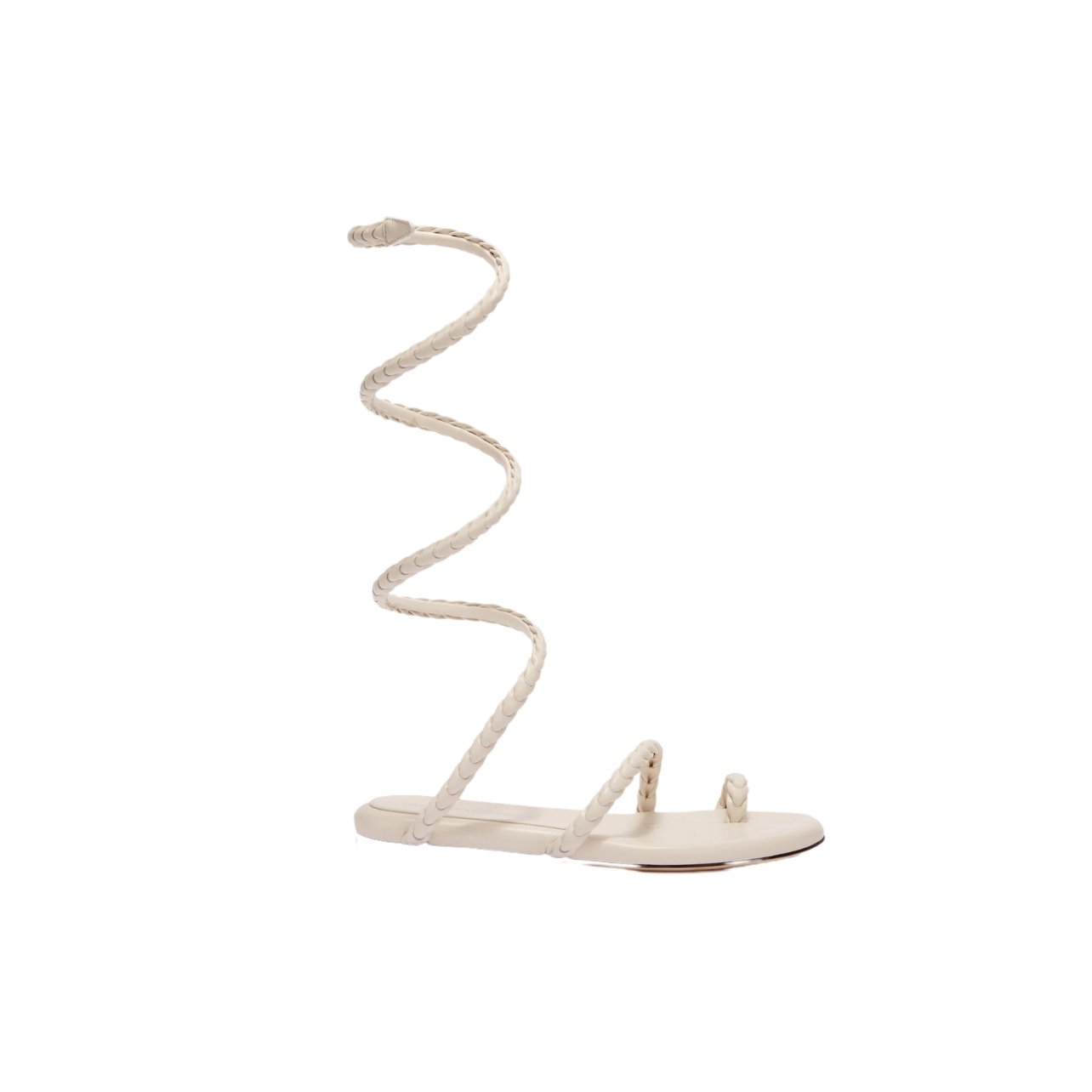
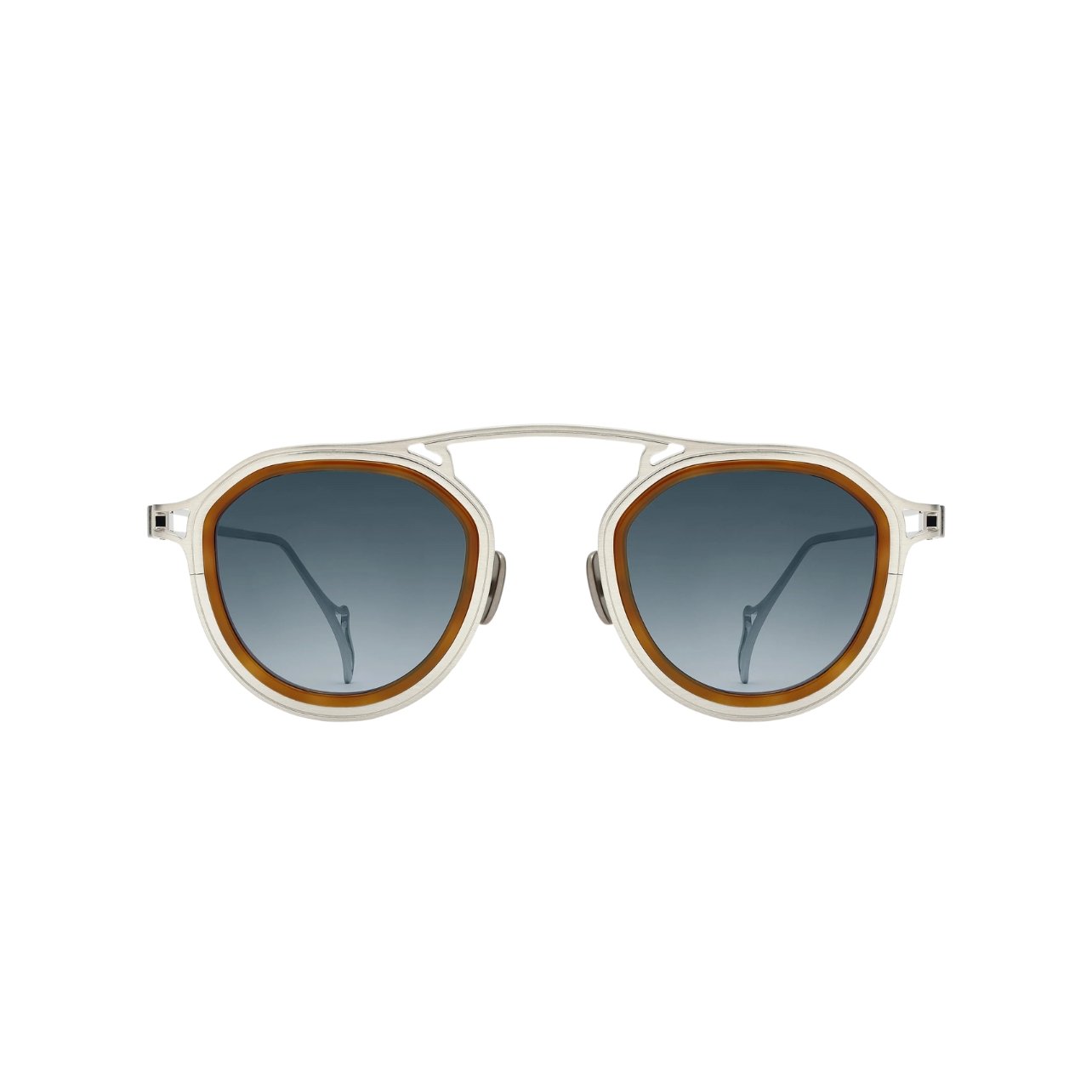
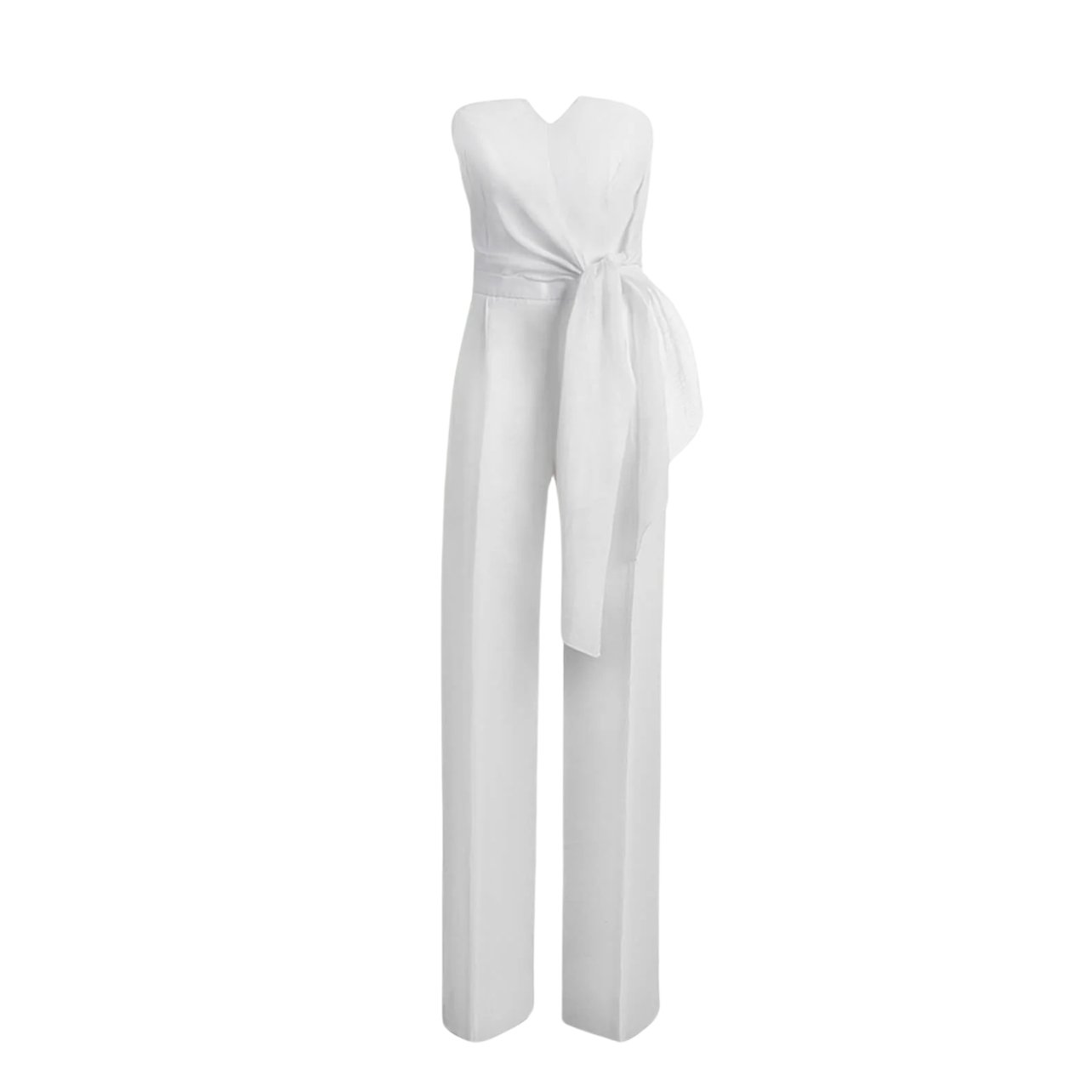
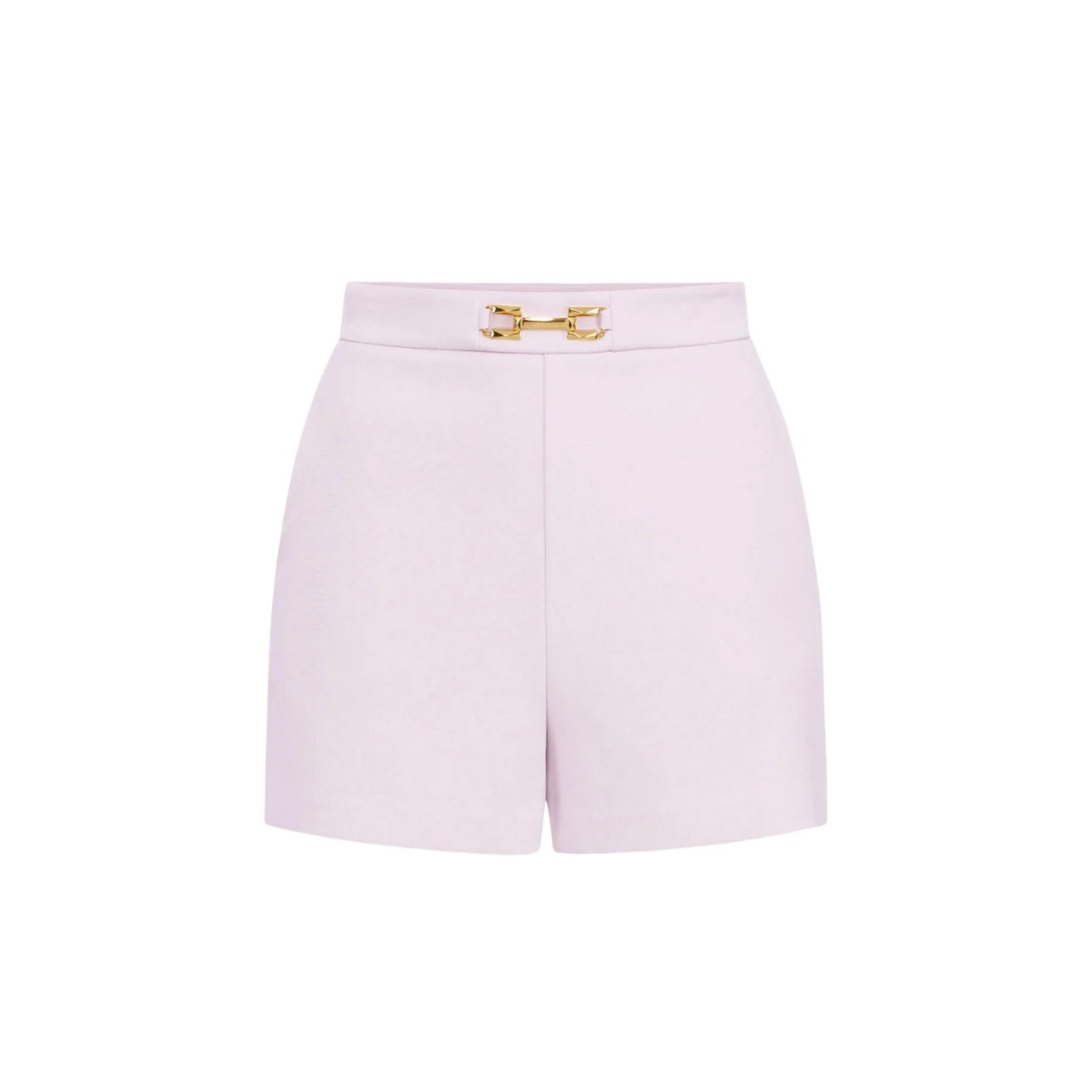
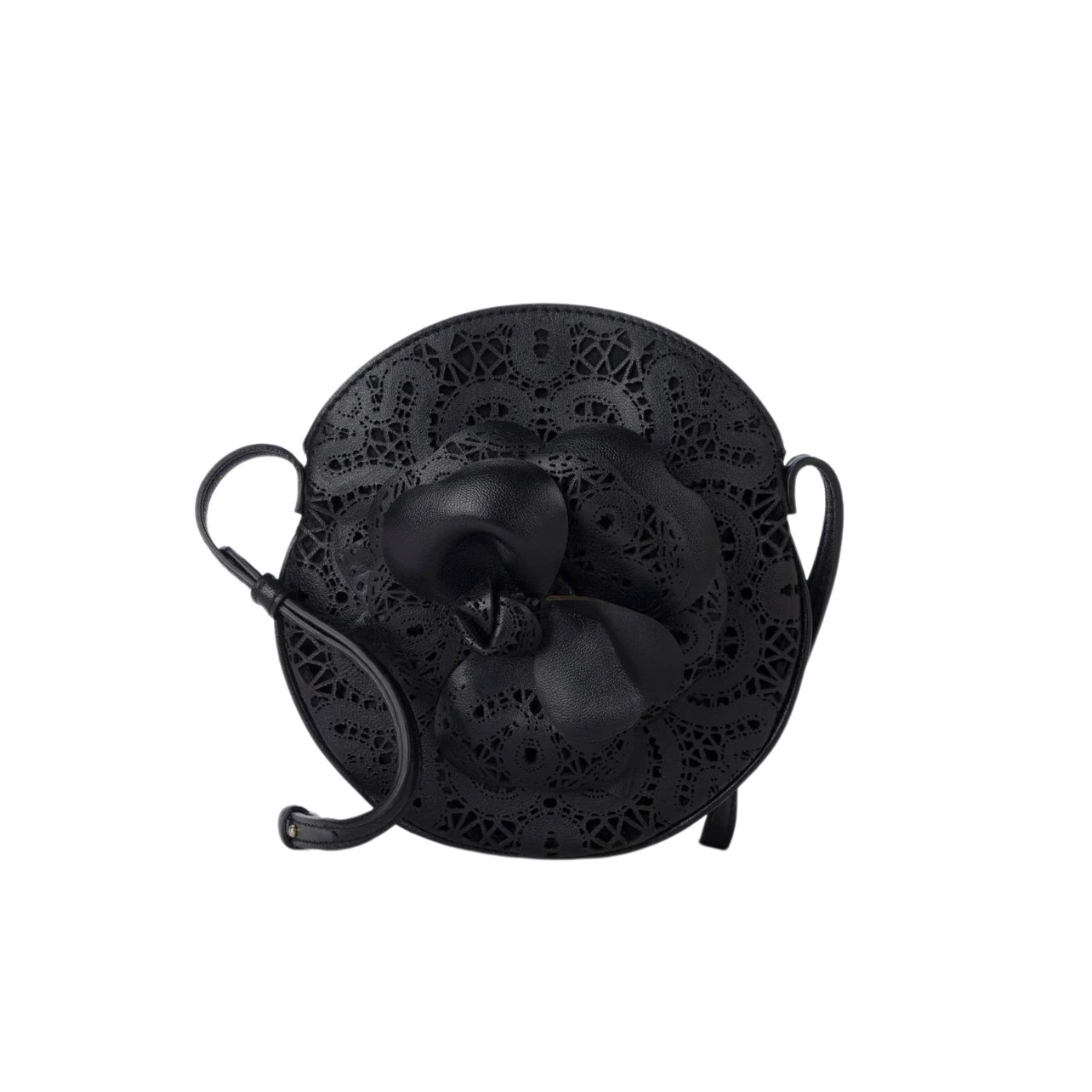
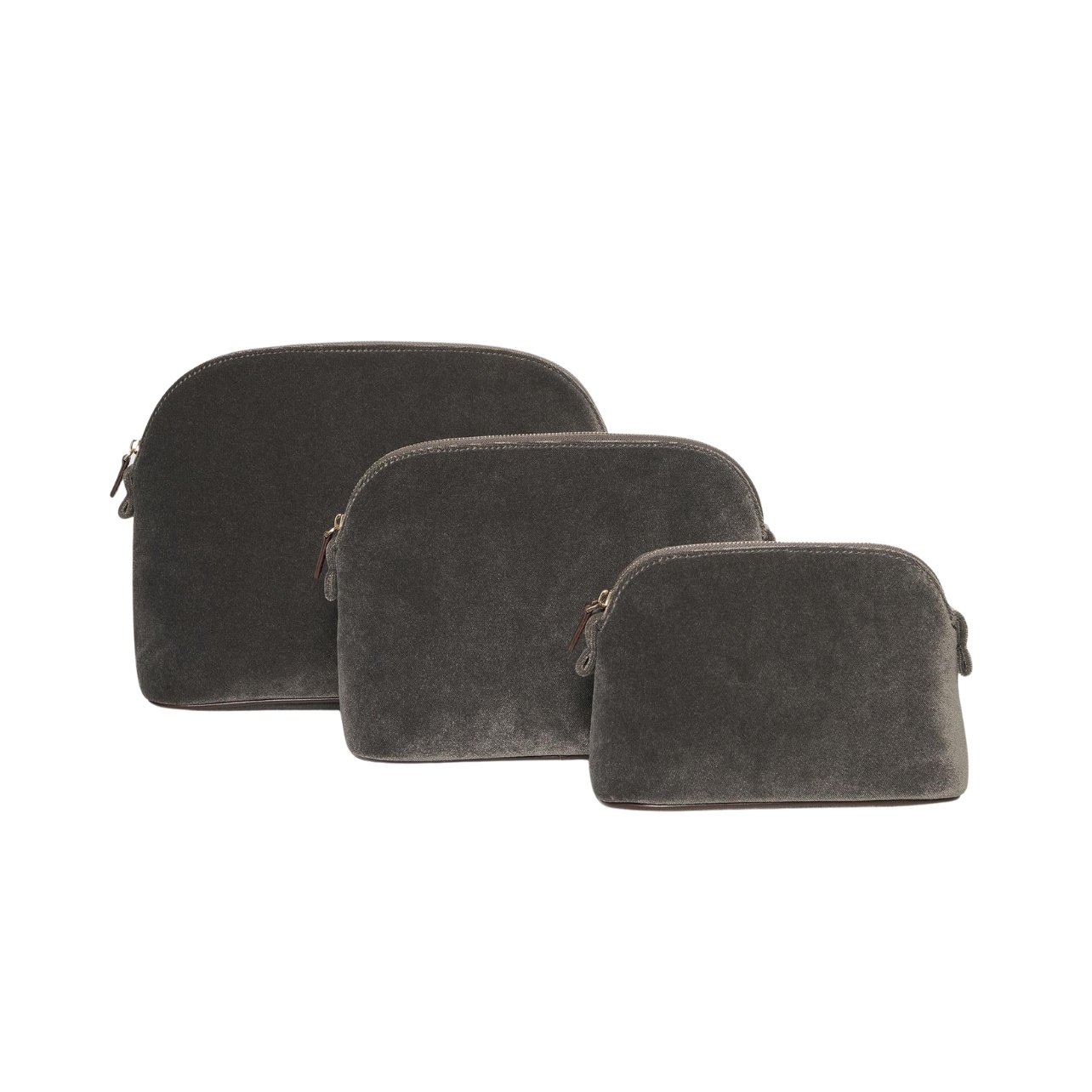
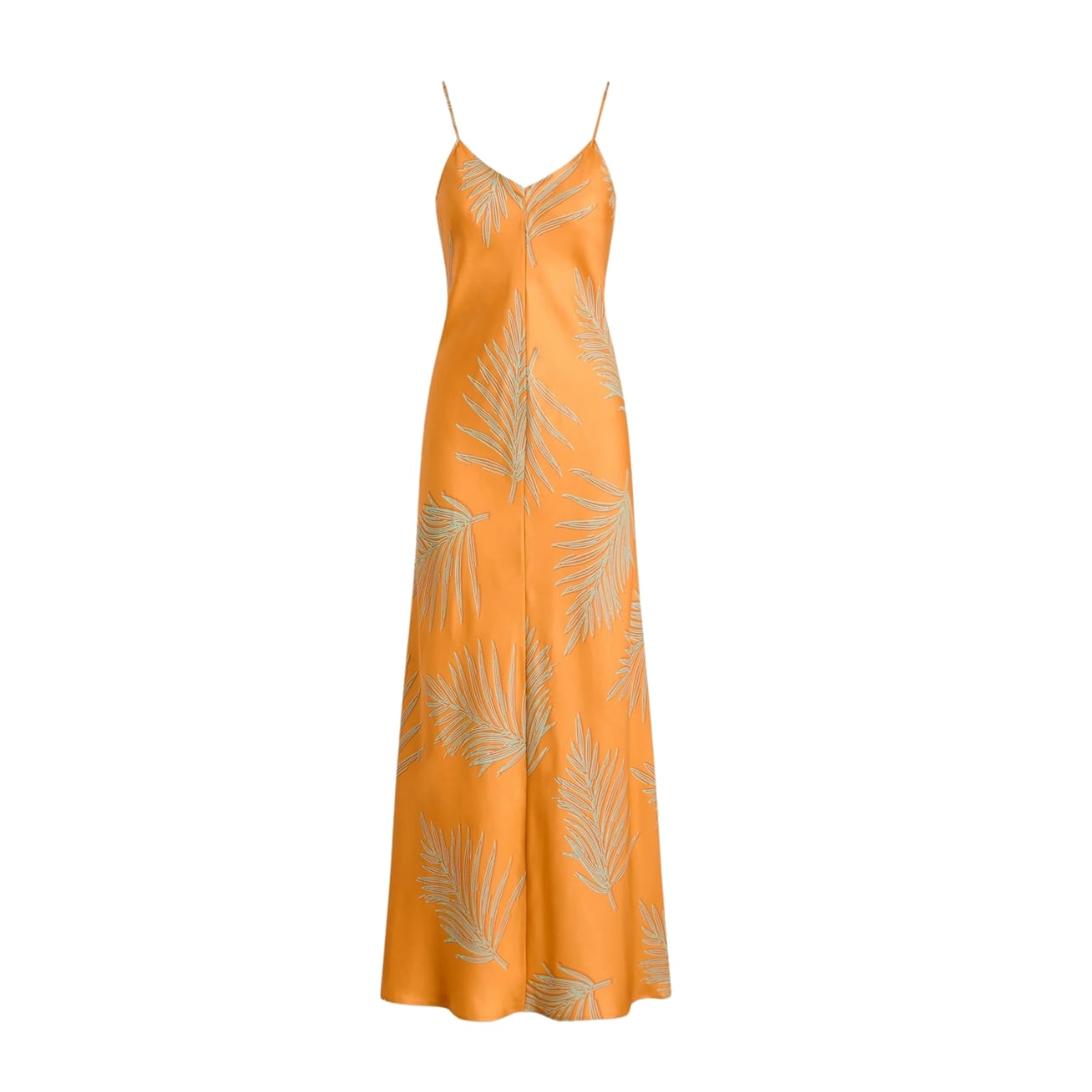
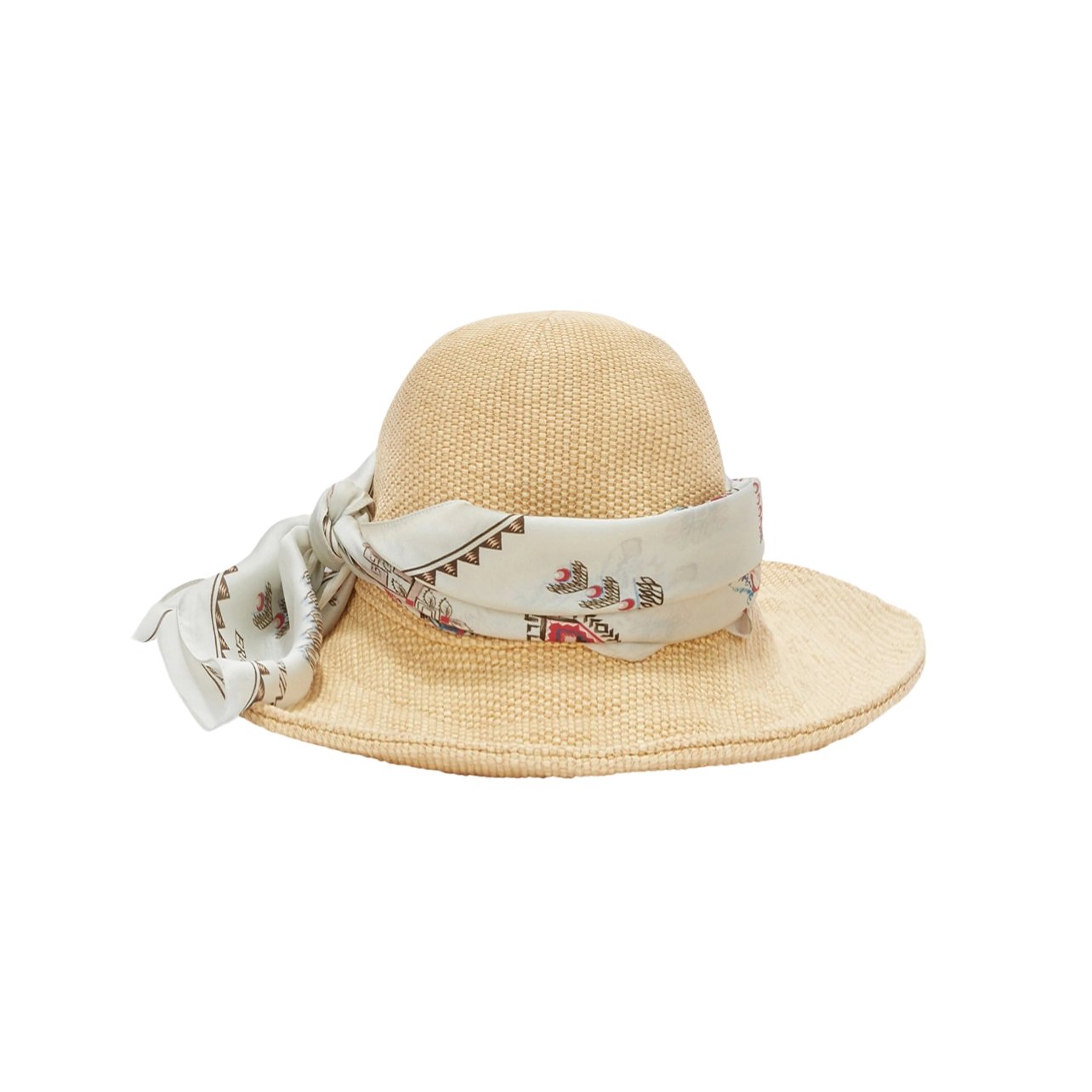
WHEN TO GO
April through October is peak season; even then, of course, expect few crowds. Don’t dismiss a winter visit, per French Promise’s Haslett. “The South of France in winter is wonderful; sitting by a fireplace, nursing a drink? Cognac works well that way,” he says. Grape Escapes’ Hallett agrees, noting that it’s the season for la bonne chauffe, or when the final distillation takes place. “Smaller producers still use the traditional method, a naked flame heating the copper pot still and you can go off-piste to witness that,” he adds, noting Raison Personnelle, Frapin, and Domaine du Chêne among those to consider.
